Pebbles, gravel, crushed stone
These natural resources are always easily accessible, often, there is no need to even spend money on them.
But one of the disadvantages is that pots with this type of drainage are very heavy. And their thermal conductivity is high, that is, it depends on the environment. Plant roots can freeze on the windowsill in winter because the stones absorb all the cold.
It is recommended to wash the stones in a solution of potassium permanganate and dry them before use.

Aquarium crumbs
You can find small stones for an aquarium made of sea pebbles on the shelves of pet stores. Their thermal conductivity is also high, like that of the stones from the first point. This type of drainage does not retain water, so it does not supply moisture to plants between waterings.
Pay attention to the size of the crumbs – very small grains will quickly wash out of the pot.
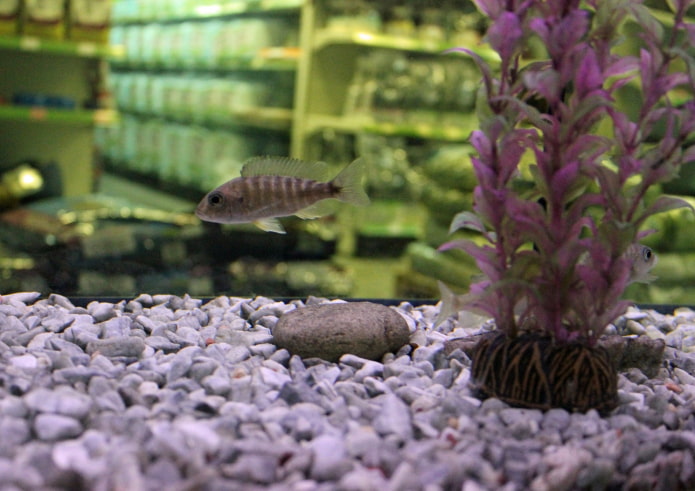
Expanded clay
Light balls of foamed baked clay are great for drainage. Sizes vary, fractions from 5 to 20 mm are suitable.
The advantages include:
- lightness of the material,
- high moisture capacity,
- affordability,
- long service life.
Can affect the acid-base balance of the soil, which threatens the health of plants.
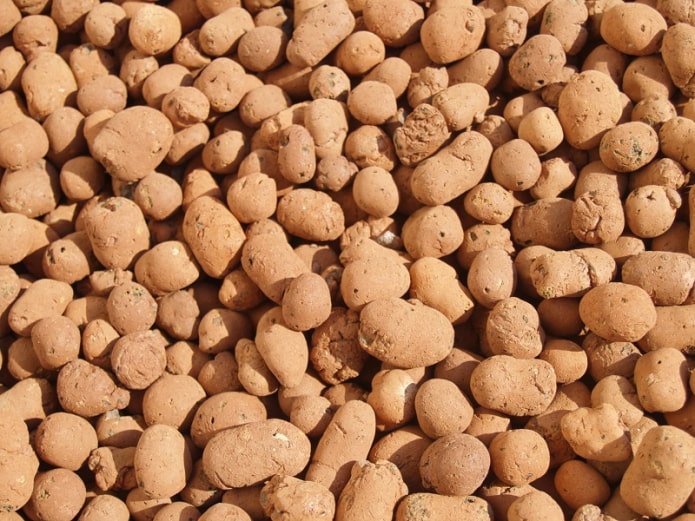
Broken brick
This option will help out an amateur gardener if the necessary material is not at hand.
Small pieces of red brick retain water well and preserve the soil wet for a long time. In this, expanded clay and brick are similar. But the weight of the latter is much greater. The advantages include the fact that such drainage can be found almost at every step.
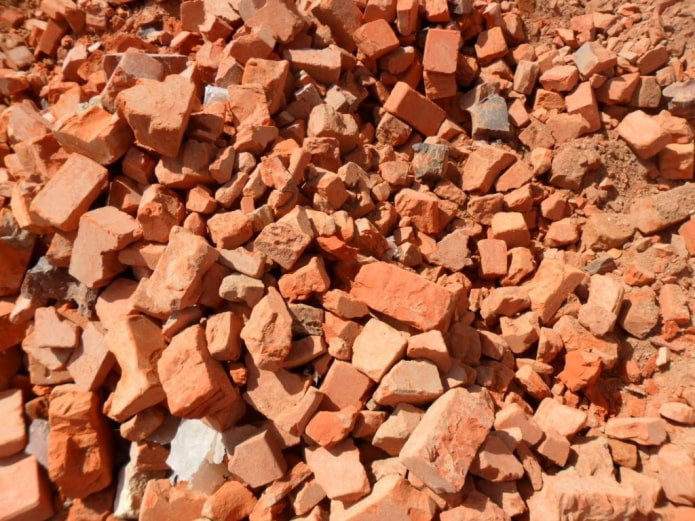
Ceramic shards
If your favorite ceramic dish breaks, do not rush to throw away the fragments. They can be saved and put on the bottom of the pot in the future.
Clay is considered a “warm” material, so the roots are not afraid of cold. The porous structure retains moisture during watering and saves it for plants.
Be careful, sharp pieces can injure you and the root system. Therefore, it is better to file down the sharp edges.
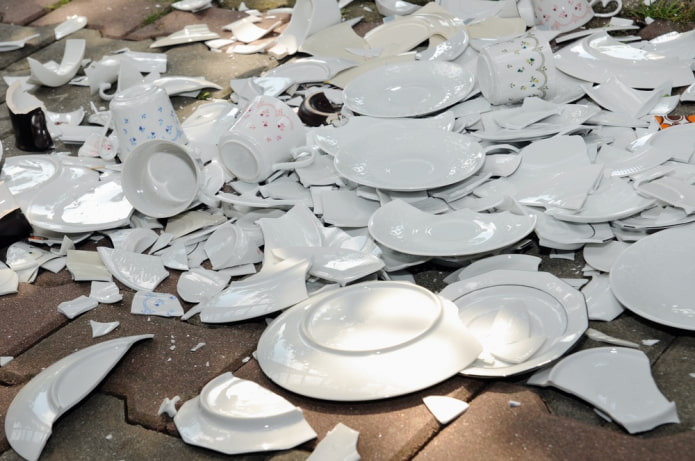
Sintepon-fluff
Surprisingly, non-woven insulation made of polyester fibers meets all the requirements of a good drainage layer. The following advantages of using synthetic fluff as drainage in flower pots are noted:
- low weight of the filler;
- ability to saturate the substrate with air;
- the material does not rot, which eliminates the appearance of fungus in the soil.
- economical consumption compared to other drainage analogues.
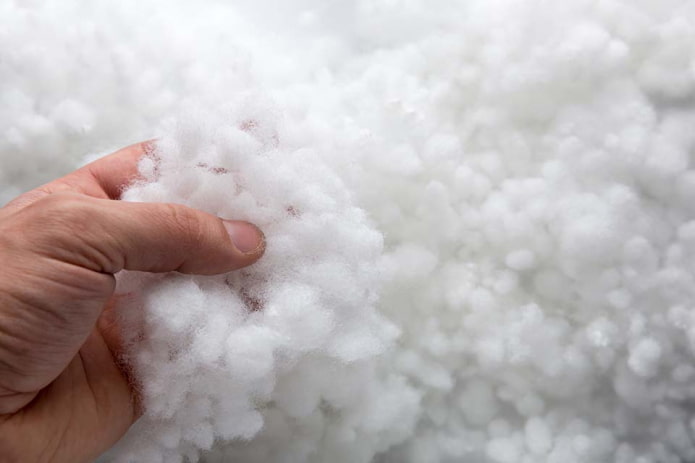
Foam
This is the material that is almost always at hand. Lightweight, sterile, resistant to infections.
It is worth noting that foam does not retain moisture, therefore, does not transfer it to flowers if necessary. Also, plant roots grow into it over time, so when replanting, the root system can be damaged.
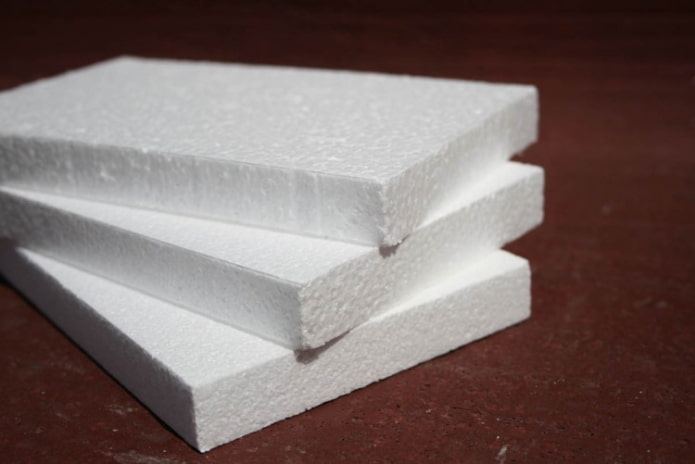
Charcoal
A worthy alternative to conventional materials. A lightweight, porous, environmentally friendly product that has undergone heat treatment. In addition, charcoal is neutral in acidity and has antiseptic properties on the soil, preventing root diseases.
Among the disadvantages, it stains everything it comes into contact with.
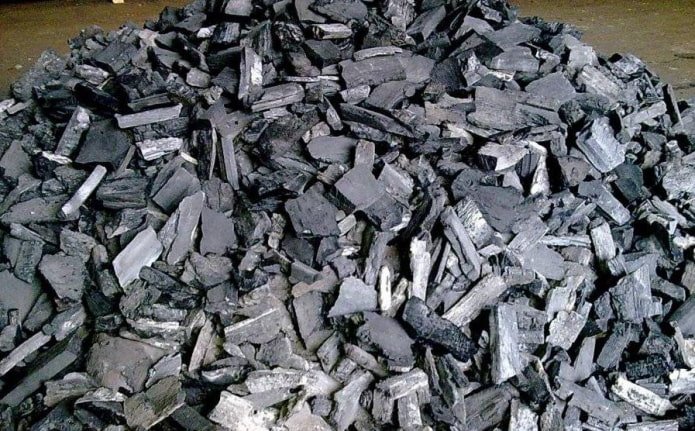
Eggshell
A folk method that is often confused with soil fertilization. In fact, all organic materials are subject to rotting if left in a humid environment for a long time, which means they can cause poor health for plants.
It is recommended to use them only for a short period of time, for example, for seedlings that have been warming up on a windowsill for several months.
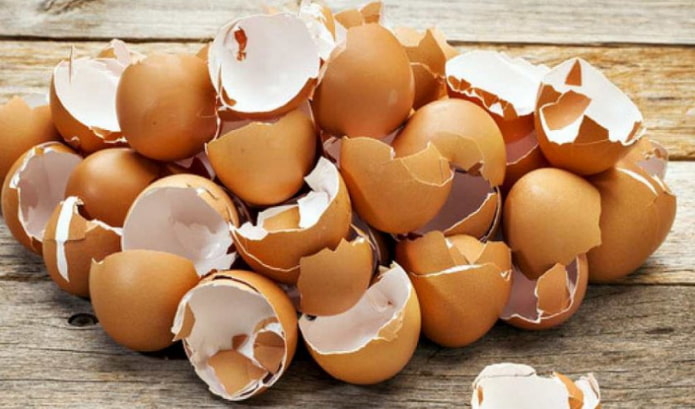
Sand
Sand can also be used as drainage, but it is worth considering that small grains are quickly washed out of the pot with water, due to which the service life is significantly reduced. It is better to simply add it to the soil.
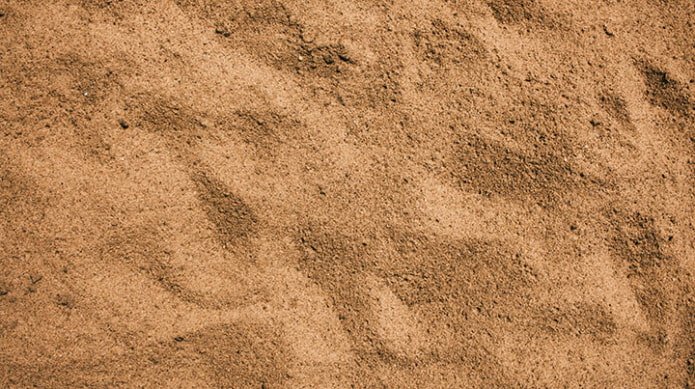
In the modern world, the range of drainage materials is huge. When choosing, you should pay attention to the criteria that are necessary for each specific plant. The size, shape of the pot, characteristics of the external environment, frequency of watering and ease of use are important. With proper organization of the drainage layer and care in general, each flower is doomed to a healthy and long existence.
Now reading:
- Classic Interior: 60 Photos and Style Design Guide
- Choosing a Sofa Color: Practical Recommendations and Examples for the Interior
- The best carpet for home: advantages and disadvantages, 33 interior photos
- Chester sofa: 35 photos in the interior, options for materials and colors
- Ceiling design: more than 90 photos and ideas for styles and spaces.